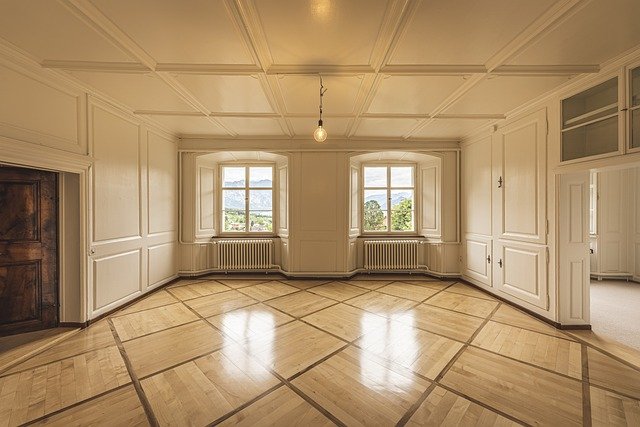"Reshaping Real Estate: Understanding the Tiny House Movement"
The real estate landscape is continuously changing, with new trends and innovations shaping the market. One such trend that has recently gained popularity is the Tiny House Movement. This article delves into the genesis of this trend, its current market implications, and what it could mean for buyers, sellers, and investors.

Unpacking the Tiny House Movement: A Historical Overview
The Tiny House Movement is not a new concept. It traces its roots back to the 1970s when popular books like “Shelter” and “Tiny Houses” by Lloyd Kahn sparked interest in small-scale living. However, this trend gained significant traction post the 2008 financial crisis, when many people were seeking cost-effective and sustainable living alternatives.
Current Market Trends: The Appeal of Tiny Living
Today, the Tiny House Movement is more than just a trend—it’s a lifestyle choice driven by various factors. These include a desire for financial freedom, reduced environmental impact, and a simplified lifestyle. A study by IPX1031 revealed that 56% of Americans would consider living in a tiny house, and 86% believe they are affordable to own.
The Investment Perspective: Opportunities and Challenges
Investing in tiny houses presents a unique opportunity for real estate investors. With the demand for affordable housing increasing, tiny homes offer a viable solution. However, they also come with their share of challenges. Zoning laws and building codes vary significantly across regions, and in some areas, tiny houses are not even recognized as legal dwellings.
Impact on the Market: Buyers, Sellers, and Beyond
The Tiny House Movement has significantly impacted the real estate market. For buyers, it opens up a new, affordable housing segment. Sellers, particularly those dealing in modular and mobile homes, have a new and expanding customer base. However, traditional real estate investors might need to adjust their strategies to accommodate this niche market segment.
Tiny Houses: A Look into the Future
The future of the Tiny House Movement looks promising. As people continue to seek affordable and sustainable living options, the demand for tiny homes is likely to increase. However, for this growth to be sustainable, changes in zoning laws and building codes are necessary.
In conclusion, the Tiny House Movement is reshaping the real estate landscape in unique ways. As a trend driven by changing lifestyle preferences and economic factors, it offers fresh perspectives for buyers, sellers, and investors alike. How the market adapts to this change will be interesting to observe. Understanding this trend and its implications is crucial for anyone involved in the real estate market.






